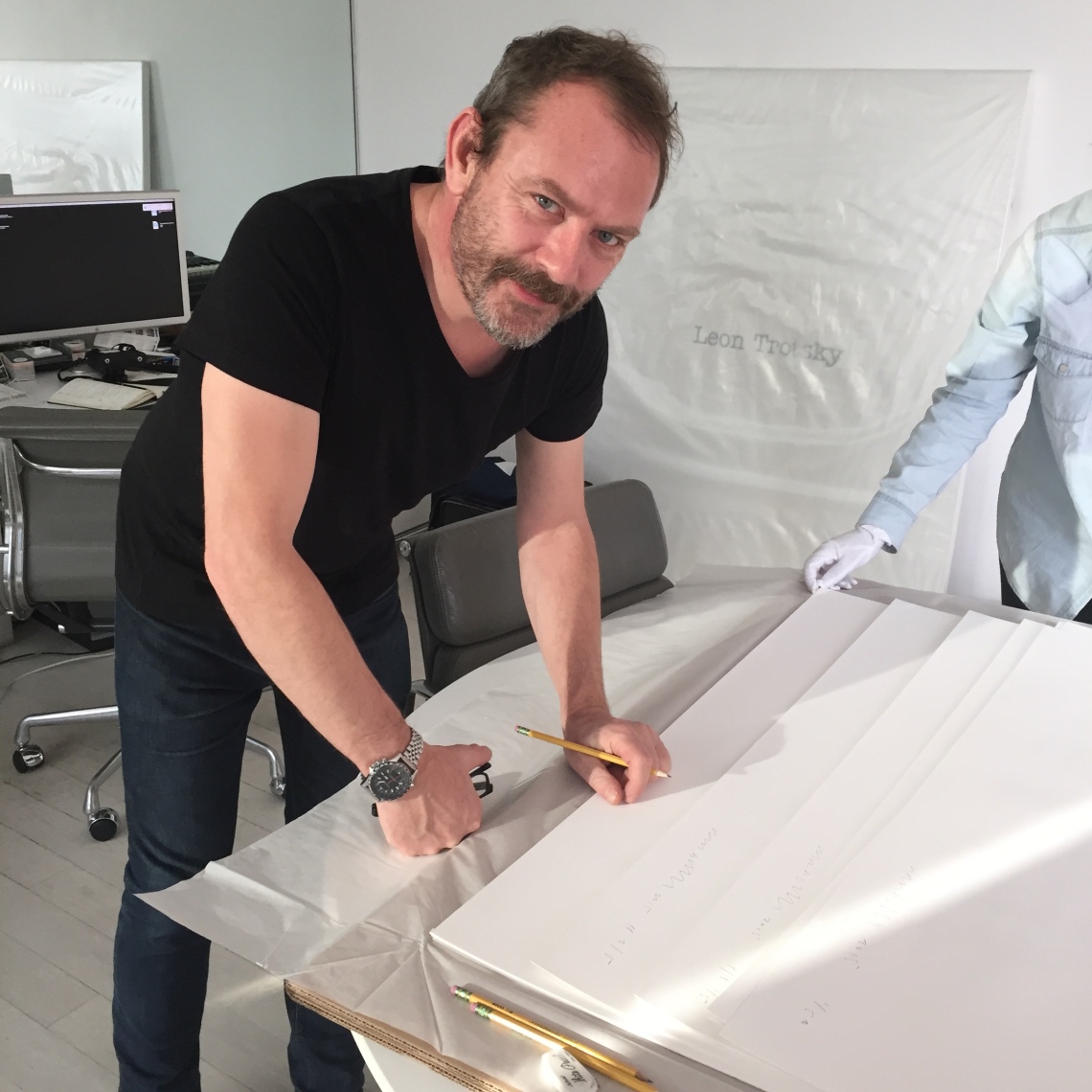
Born in 1964, Liam Gillick is an English contemporary artist currently living and working in New York City. He is often first associated with the “Traffic” exhibition in 1996, alongside other young artists. He attended Goldsmith College, from which he graduated with a Fine Art degree from in 1987. He dominated British art in the 1990’s, alongside Damien Hirst, Sarah Lucas, Angela Bulloch and Henry Bond as “the earliest of the YBA’s” and in 2002 was nominated for the Turner Prize.
Throughout his career he has worked with a wide range of media, some of which include sculpture, print-making, writing, architecture, graphic design, film and music. In his art, Gillick likes to focus on systems, whether it be social, political or economic. I think this is easily recognised in a lot of his sculptural forms, which also show heavy influences from both minimalism and conceptualism equally. He takes into consideration the organization of people, in terms of things like labour and authority. Growing up in the 1970’s in Britain, is clear to have had an impact on Gillick, with the grim economic situation and a lot of social unrest.
He works with this through abstraction, and reflects the more regimented aspects of these ideas through precision and accuracy of geometry. With the use of metal frameworks in this style, his work holds an almost industrial quality to it. Also, with the use of materials such as Plexiglas and aluminium, we are reminded of objects closely linked to his themes, such as riot shields and corporate signage. Colour seem to be quite an important element in his work, as he likes to use quite a large mix, as well as colour-coding based on the RAL system.
He has also directly been involved in politics himself, writing a letter to Jeremy Hunt, the British Governments culture secretary in 2010, which was also co-signed by 27 other previous Turner Prize winners and nominees. The aim of the letter was to prevent cuts in public spending to the arts, describing the arts in Britain as a “remarkable and fertile landscape of culture and creativity”.





